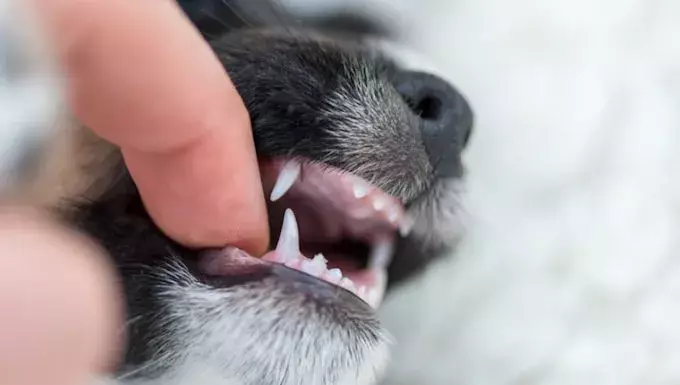Epulis refers to the formation of a benign tumor or growth on a dog’s gum tissue, typically located near a tooth. While this condition can affect any breed, certain dogs, particularly Boxers, American Bulldogs, and Shetland Sheepdogs, are more susceptible to developing these growths. Although the exact cause remains elusive, understanding the nuances of epulis can lead to early detection and more effective management.
The symptoms of epulis can significantly impact a dog’s quality of life. Owners should be vigilant in monitoring their pets for indications of this condition. Common symptoms may include:
– Gum Bleeding: Persistent bleeding in the mouth can be alarming and should not be ignored.
– Excessive Drooling: This can indicate discomfort or difficulty in swallowing.
– Altered Appetite: Dogs may show decreased interest in food due to pain or discomfort.
– Challenges in Chewing: Growths can obstruct normal chewing, leading to frustration during meals.
– Foul Odor: Bad breath may result from poor oral hygiene or decay associated with the growths.
– Swelling: An unusual swelling in the jaw area could signal the presence of epulis.
– Weight Loss: Ongoing issues with eating can lead to noticeable weight loss over time.
These symptoms can overlap with other oral health conditions, making it crucial for pet owners to consult a veterinarian for a definitive diagnosis.
While the precise causes of epulis are not well understood, certain breeds are genetically predisposed to develop these growths. Flat-faced breeds are particularly at risk, which may contribute to the condition’s prevalence in specific dog populations. It’s also important to distinguish epulis from conditions like gingival hyperplasia, where the entire gum area becomes enlarged, as management and treatment differ.
A proper diagnosis typically begins with a thorough physical examination by a veterinarian. Focus will be placed on the dog’s oral cavity, where the veterinarian may:
– Perform a physical assessment of the growth.
– Conduct blood tests to exclude underlying health issues.
– Use X-rays to determine the extent of the growth and its impact on surrounding tissues.
Once confirmed, the common course of treatment for epulis involves surgical removal of the growth. This procedure is pivotal to restoring the dog’s oral health and enhancing its well-being. After surgery, a soft food diet will be recommended for a healing period, alongside pain relievers to manage discomfort.
Although the root cause of epulis remains unclear, maintaining good dental hygiene is essential in promoting oral health and possibly preventing future occurrences. Regular teeth brushing and professional cleanings can be beneficial. Pet owners are encouraged to consult their veterinarians to establish an effective oral care routine tailored to their dog’s specific needs.
By staying informed and proactive, pet owners can better support their canine companions in navigating challenges like epulis, ensuring a higher quality of life in their furry friends. Have you had any experiences with epulis? Your insights can help others who may be facing similar challenges with their pets.

